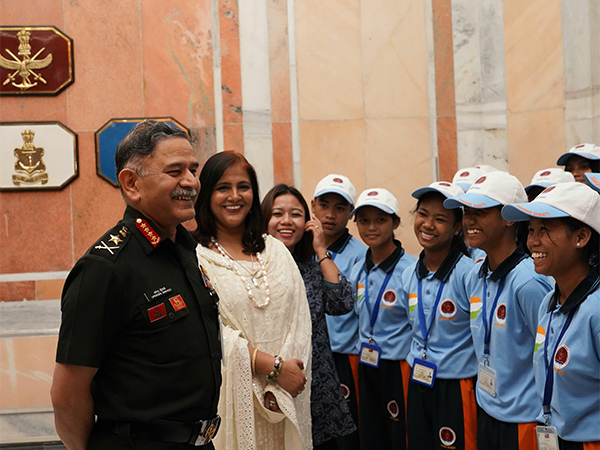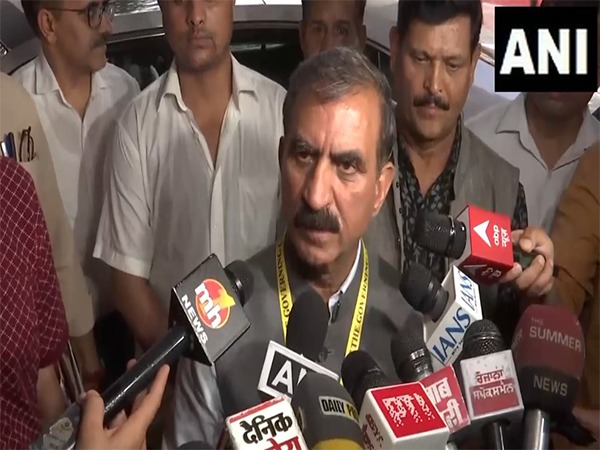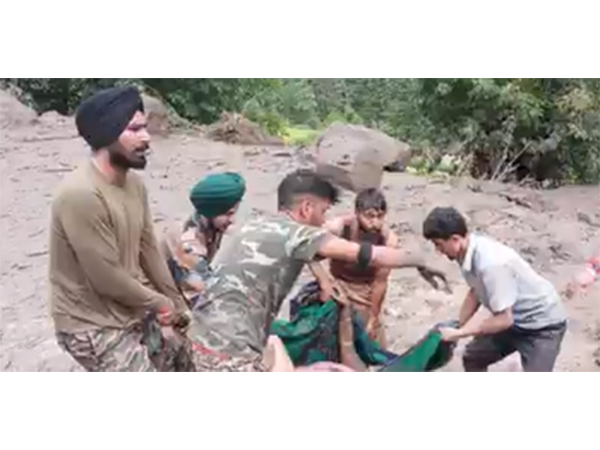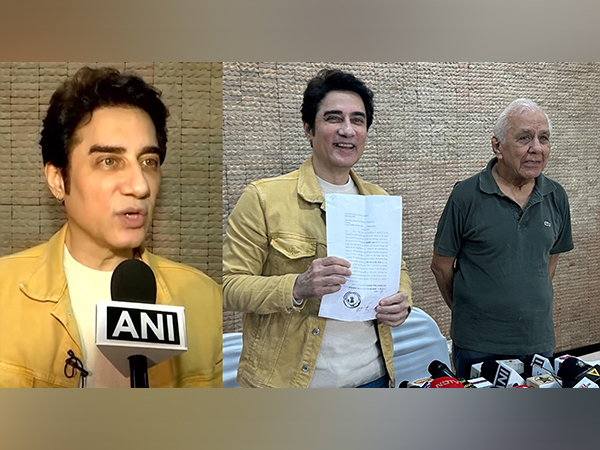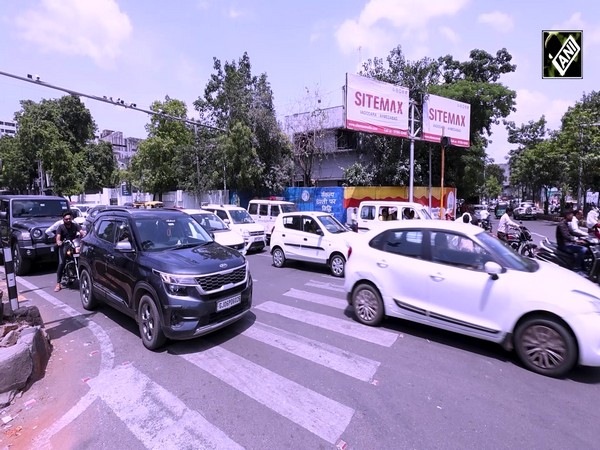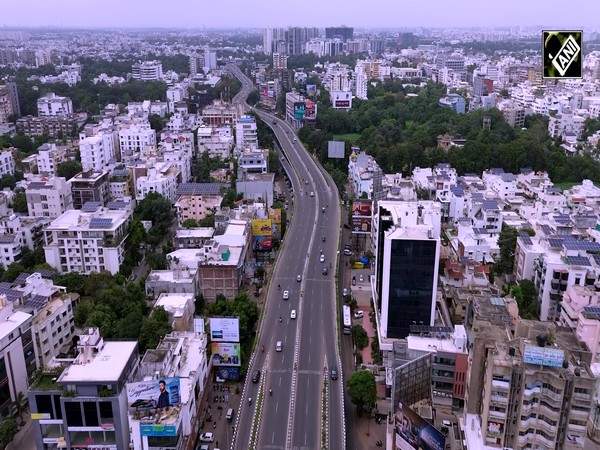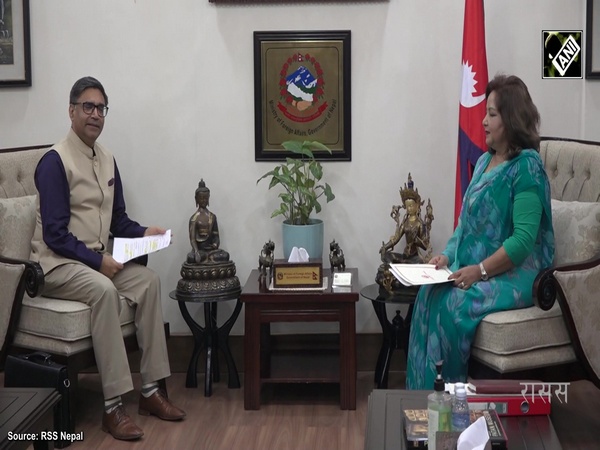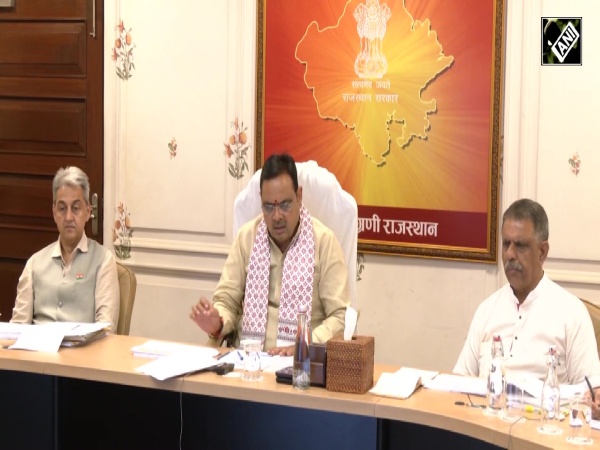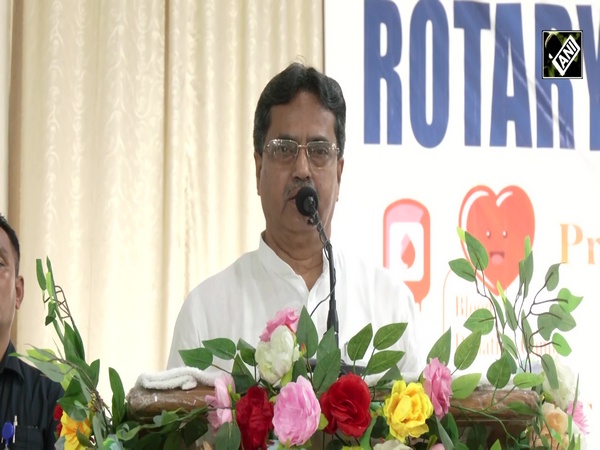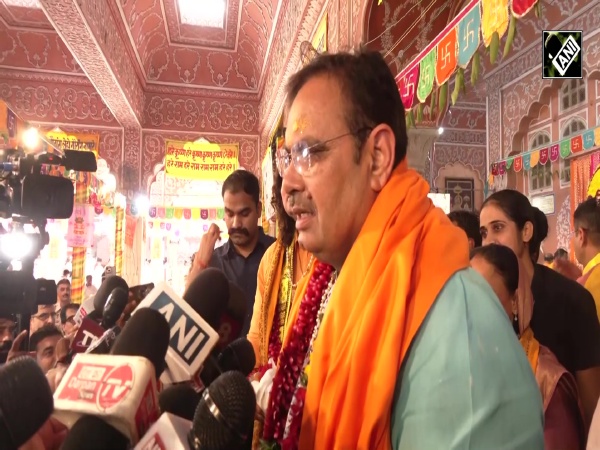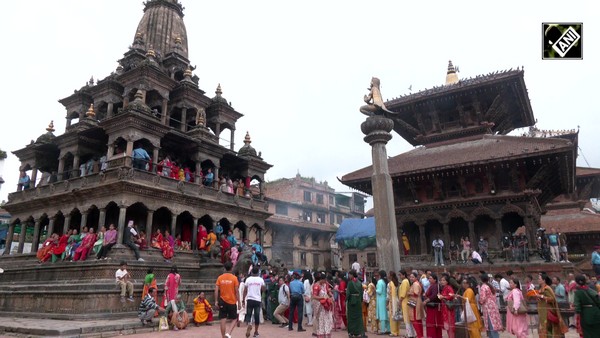Astronomer Priya Hasan explains how Chandrayaan-2 mapping moon surface can help in Chandrayaan-3 soft landing
Aug 22, 2023

Chennai (Tamil Nadu) [India], August 22 : Ahead of the soft landing of Chandrayaan-3 on the south pole of the Moon, astronomer Priya Hasan said the previous lunar mission – Chandrayaan-2 – has helped the ongoing mission.
Speaking to ANI, she explained how the orbiter of the Chandrayaan-2, which is still orbiting around the moon, will help the crucial part of the Chandrayaan-3 mission.
“So what happens in a soft landing is that the lander lands at a very large speed of about 6,000 km per hour. Suddenly, it has to be braked and dropped onto the surface. Now, we know the surface is full of craters...For Chandrayaan-2, also, a lot of things were done to ensure that, but obviously it did not work out. I mean, it did not work. It finally crashed onto the surface,” she told ANI.
“And (now) the good advantage we have is that the orbiter has been working since 2019. And what the orbiter basically did, it has very well mapped up the whole surface of the Moon. We didn't have such perfect maps of the Moon earlier. Now we have that, thanks to Chandrayaan-2. And Chandrayaan-3 is basically going to complete the task of Chandrayaan-2. Chandrayaan-3 does not have an orbiter because the Chandrayaan-2 orbiter is still functional,” she added.
In a significant development, the Chandrayaan-2 orbiter which was orbiting around the moon established a two-way connection with the lander module of Chandrayaan-3 on Monday. “‘Welcome, buddy!’ Ch-2 orbiter formally welcomed Ch-3 LM (lander module). Two-way communication between the two is established. MOX (Mission Operations Complex) has now more routes to reach the LM,” ISRO had said.
Growing up in Mumbai, Priya went to the erstwhile USSR to pursue her Integrated Masters in Physics at Moscow State University, Russia. She did her PhD in Astronomy at Osmania University, Hyderabad(2004).
She did an Indo-French post-doctoral research project at the Inter-University Centre for Astronomy and Astrophysics, Pune, India (2004-2006) and worked as DST-Women Scientist in Osmania University (2006-2009). She taught at the Muffakham Jah College of Engineering and Technology, Hyderabad (2010-2015) and joined Maulana Azad National Urdu University, Hyderabad in 2015.
Speaking of Russia’s Luna-25 spacecraft which crashed into the mission in failure, she explained how difficult is the landing.
“So that's basically an indicator of how difficult this (landing) job is,” she explained. “So we are excited, but obviously at the same time also worried because it's a difficult job.”
“We've learned from our mistakes. So, as I said, we have a better map of the surface. They've done things to strengthen the legs of the rover and do various things so it can do this job better. But obviously, it's a very complicated manoeuvre. It's the most crucial part of the Chandrayaan-3 mission. Sending it was not a problem because ISRO knows how to do that very well. So launching and all was not crucial or even getting it into lunar orbit was not crucial. The crucial part is tomorrow,” she said.
“And like I said since there are many manoeuvres which will take place at that time (landing time). So let's hope because there are many things that can go wrong. Let's hope everything goes well,” she added.
She also delved into the fact that space programs of other big countries are backed by huge budgets in comparison to India.
“If you see the kind of budgets that ISRO works on in all these programs. ISRO has a budget which is like ten times lesser than the budget of other big countries,” she said
After Russia's Luna-25 mission failed, all eyes will be on India as its Chandrayaan-3 is set to land on the moon on August 23, 2023 (Wednesday), around 1804 IST.
In its latest update on Chandrayaan-3 soft landing, ISRO meanwhile said the mission is on schedule and systems are undergoing regular checks.
The live telecast of the landing operations will begin at 5:20 PM IST on Wednesday. Live actions of landing will be available on the ISRO website, its YouTube channel, Facebook, and public broadcaster DD National TV from 5:27 PM IST on Aug 23, 2023.
Along with the mission’s update, ISRO also released images of the moon captured by the Lander Position Detection Camera (LPDC) from an altitude of about 70 km. These images assist the lander module in determining its position (latitude and longitude) by matching them against an onboard moon reference map.
Notably, the 'Vikram' lander module of the spacecraft successfully separated from the propulsion module on Thursday, and subsequently underwent crucial deboosting manoeuvres and descended to a slightly lower orbit. The Chandrayaan-3 mission's lander is named after Vikram Sarabhai (1919–1971), who is widely regarded as the father of the Indian space programme.
A GSLV Mark 3 (LVM 3) heavy-lift launch vehicle was used for the launch of the spacecraft that was placed in the lunar orbit on August 5 and since then it has been through a series of orbital manoeuvres been lowered closer to the moon’s surface.
It has been a month and eight days since the Indian Space Research Organisation launched the Chandrayaan-3 mission on July 14. The spacecraft was launched from the Satish Dhawan Space Centre in Andhra Pradesh’s Sriharikota.
The stated objectives of Chandrayaan-3, India's third lunar mission, are safe and soft landing on the lunar surface, rover moving on the moon's surface, and in-situ scientific experiments.
India will be the fourth country in the world to achieve this feat after the United States, Russia, and China, but India will be the only country in the world to land on the lunar south pole.

